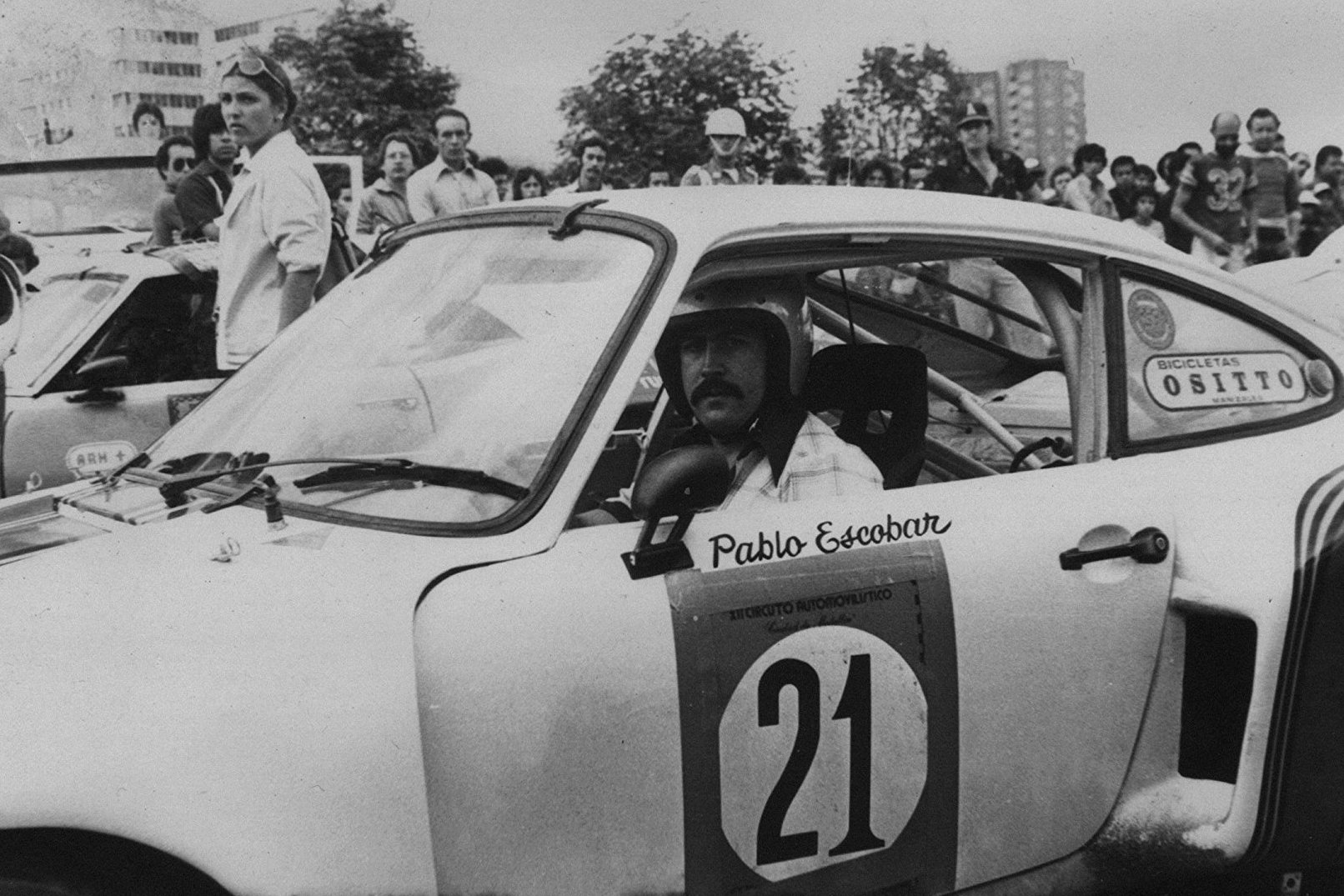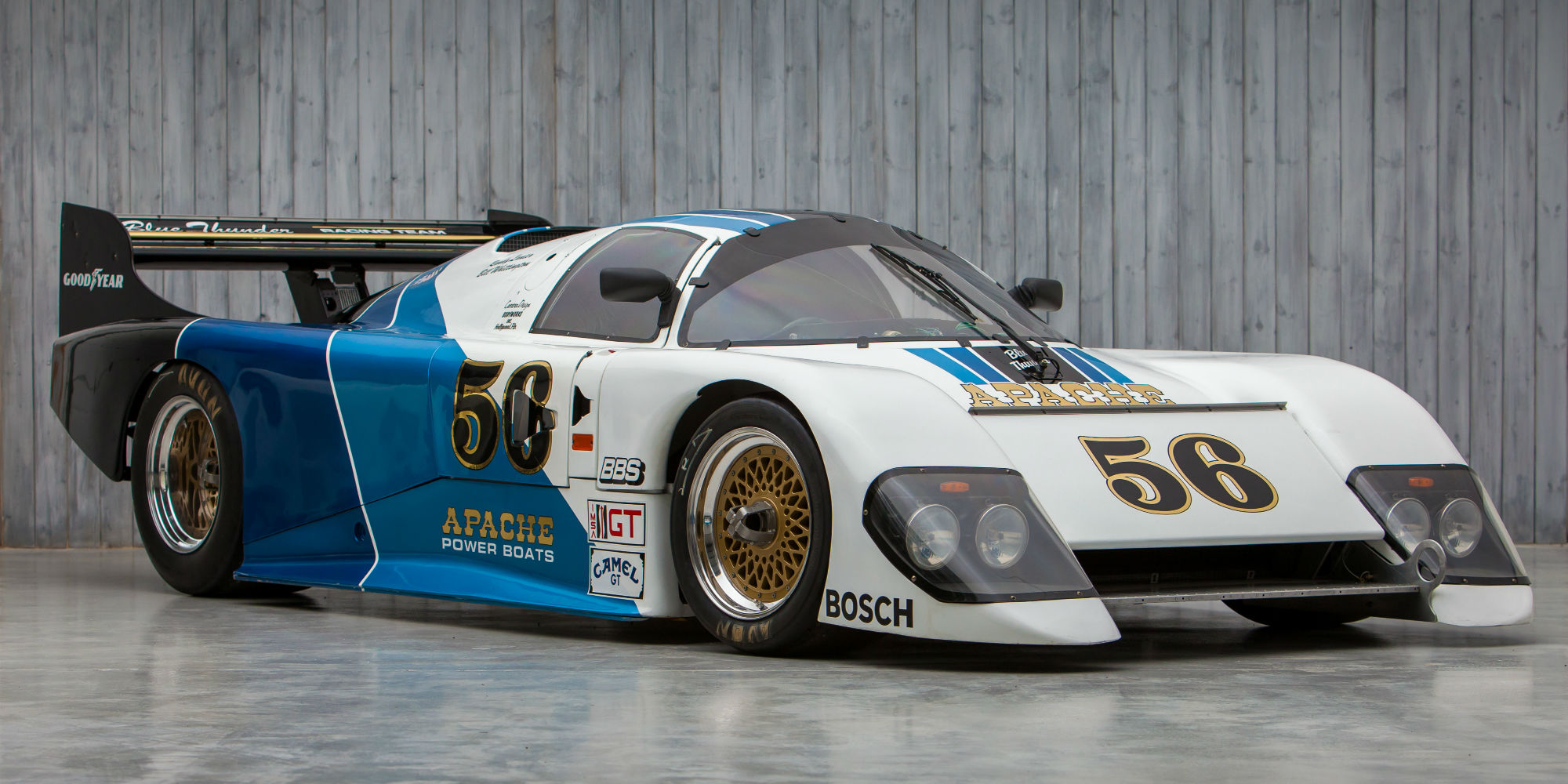Drug-Funded Racing, When Motorsport Crosses the Line
Really no compromise on how to win here…

Everyone loves a good story with unexpected plot twists, a bit of controversy or scandals, and perhaps even some bad guys. Motor-racing is no exception to the rule and has its fair share of examples of people who have a shady approach to team-management and funding… To say the least, in these cases. We’ve looked at cheating in racing before, in three previous Petrolhead Corner episodes but now we investigate (pun fully intended) some criminally funded racing enterprises!
It is far from a secret; racing costs money, and even more if you want to win. Even lower tier, regional or national classes can cost thousands of dollars to even participate. Moving up in the ranks with better and faster cars perhaps, directly means the need for a bigger budget to maintain your hobby, or in some cases profession. The most common way to fund racing is getting some sponsorship to display your talent. Another one, although far less likely and a whole lot sketchier, is drug trafficking! Of course, we would never promote criminal activities or the use of drugs but it sure makes for interesting stories to read! We’ve got four lined-up for you to enjoy, including a chap called P.E.E. Gaviria.
IMSA Championship
The International Motor Sports Association Championship, or IMSA in short, is one of the most iconic international endurance racing series in GT and Prototype racing. The heyday in this category was the eighties, with multiple factory teams tackling the most challenging tracks with the fastest cars around from Group C prototypes to highly advanced GT racing cars like an Auto Quattro or Ford Mustang GTO.

During the eighties, multiple individuals and teams were caught in illegal activities revolving around drugs, and as a painful joke, the series was known as the International Marijuana Smugglers Association. Zooming in on one particular story Randy Lanier is the obvious choice but later on, there’s another one. Randy Lanier is a drug smuggler turned racer, looking for a way to launder his drug money. He made it big in the eighties with a sophisticated smuggling ring transporting 300 tons of marijuana from Colombia to the US, making millions in the process. Part of his illegal earnings was used to finance his racing career and eventually his own Blue Thunder Racing team. This team proved rather successful and eventually won the 1984 IMSA championship, against multiple factory teams. Eventually, his antics caught up with him and in 1988 he was sentenced to life without parole in 1988.
The car in question he used in the 1984 IMSA campaign was a March 84G prototype, a hugely powerful machine with a 5.7-litre V8 by Chevrolet. The engine produced over 600 horsepower for only 900 kilos, and was a formidable race car. Randy Lanier’s 1984 car is currently for sale at William I’anson LTD who also share the full story on the car, his shady business ventures and racing career.
Pablo Escobar
This article wouldn’t be complete with probably the most (in)famous drug lord in history; Pablo Escobar (The P.E.E. Gaviria I mentioned). This man needs little introduction really, but a few facts are always nice to include. At his height, he is responsible for smuggling 15 tons of cocaine into the US every single day and he needed $ 2.500 of rubber bands a week just to bundle his cash. Legend has it he buried large sums of money in floors and walls of houses and even underground because his cartel couldn’t handle all the cash coming in. There was simply too much of it! Of course, this comes with a grim reminder that in all his drug trafficking activities, reportedly some 4,000 people are killed by Pablo and his Medellin cartel.
Over to racing, which Pablo Escobar did a fair bit of. First starting in a small Renault 4, a car never intended to go racing at all. Pablo was not known for his racing skills but he seemed to have an edge on the competition as he was much faster than others, especially on straights. Word has it that was a technical edge only, further aided by stewards turning a blind eye for obvious reasons. Later he also raced a Porsche 911 RSR, a car once raced by Emmerson Fittipaldi and updated with the slantnose bodywork similar to a Porsche 935.
The Porsche 911 RSR from the mid-seventies is a leaner, more docile version of the brand’s top level 934 and 935 RSR racers. These three cars are amongst some of the most iconic in Porsche’s long line of race and championing winning cars. Coincidently they also share quite famous liveries, like the Martini livery you can see in Pablo Escobar’s 911 RSR.
Petrolicious has the full story on Pablo’s racing career.
John Lee Paul
Yes, another Porsche that was involved in some sketchy business. If you do some digging into fraudulent racing teams, the German brand pops up more often than expected. I highly doubt there is a direct link between the two of course. Porsche simply built some highly successful racing cars for people with an interest in racing and they have always sold their cars to privateers and independent racing teams.

The Dutchman Hans-Johan Paul moved to the US when he was just 16, in the mid-fifties. He made his fortune as an investment fund manager following a master’s degree at Harvard. He changed his name to John Lee Paul in the early sixties and used his riches to go racing in Sports Car Club of America events. His apparently violent temper tantrums caused him quite a bit of trouble and in the early seventies, his wife left him. Following a 2-year break from racing, he took to the wheel again in the IMSA GT series. His son joined as a part-time crew member. He won at Sebring with a Porsche 911 RSR and moved to a Porsche 935, was a frontrunner in many races with that car and eventually achieved a class-win at the 24 Hours of Le Mans.

By 1980 John Lee Paul’s son, John Paul Junior, debuted as a racing driver and proved quite talented. Winning the 24 hours of Daytona, the 12 hours of Sebring and Road Atlanta and by 1982 becoming the youngest ever IMSA Champion. This was also around the time trouble started as the father-son racing duo was caught shipping marijuana in Louisiana, US. The following years more trouble ensued as he eventually was arrested in Switzerland on murder, attempted murder and drug trafficking charges. Sentenced to 25 years in jail he was released on probation after 13 years and embarked on a round-the-world sailing trip. During this trip, a woman named Colleen Wood joined him but disappeared without a trace. Following this, he was questioned again as this was not the first incident with someone vanishing who was involved with John Lee Paul. Not the nicest guy to deal with it seems.
The full story on his career and the Porsche 935 owned by the JLP Racing is penned by DriveTribe. That very Porsche 935 is coming up for sale and has been restored over the years, both mechanically and esthetical, and is now sporting the 1980 Le Mans bodywork and livery. Interested? RM Sotheby’s gives collectors a chance to own this historic racing car.
Vic Lee Motorsport
Another link to our lovely little country, as it involves a UK-based racing team known as Vic Lee Motorsport smuggling cocaine from the Netherlands to England. In the late 1980s and early 1990s, touring car racing was at its peak. Fast-paced, close racing action, literally fighting bumper to bumper, this was the pinnacle of road-car based racing. It involved cars you (or your dad) could buy and on the road basically, and spread across championships like the BTCC or DTM, it produced some of the best racing ever.
Vic Lee Motorsport was a team owned and run by, who could have guessed, Vic Lee. He ran a pair of BMW M3 coupes in 1991 and 1992 and was back-to-back champion with them in the British Touring Car Championship. This class fielded everything from Peugeot 405’s, Mazda 323’s, Vauxhall Vectra/Cavaliers, Toyota Carina’s and Nissan Primera’s. The final laps of the 1992 season finale are still one of the most controversial moments in racing history. Vauxhall’s John Cleland and Vic Lee’s BMW driver Tim Harvey were both still in contention of the title, but Harvey’s teammate Steve Soper was determined to not let Cleland outscore Harvey. A tight battle in the closing laps of the race, with both Soper and Cleland throwing punches, and a middle-finger, Soper eventually took out Cleland while in the meantime allow Tim Harvey through, clinching the title in the process. Here’s footage of that closing stages of the Silverstone race:
Back to Vic Lee smuggling drugs though. What caught the eye of authorities, and eventually led to Vic’s arrest and conviction, was the testing done by the team. You would guess that with a rich history in racing and abundantly available race tracks throughout the country, the UK would have ample opportunities to test and hone your cars, right? Well, yes, but Vic Lee decided they had to test at Zandvoort, in the Netherlands. Regularly, too. This was unusual as it costs a lot of money to transport your crew and cars back and forth every time and seems unnecessarily complicated. The “solution” to this budget-munching plan was packing cocaine in the race car transporter when you go back. After a months-long investigation by the authorities, the team was intercepted on one of their return-trips and 40 kilos of cocaine were found, worth about £6 million at the time. Sentenced to 12 years, released on parole in 1998, Vic Lee was caught smuggling drugs again in 2005 and served another five years from his second 12-year sentence. Seems he didn’t learn from his first trip to prison!
This incredible story is detailed by Jalopnik for those who want to learn more.









